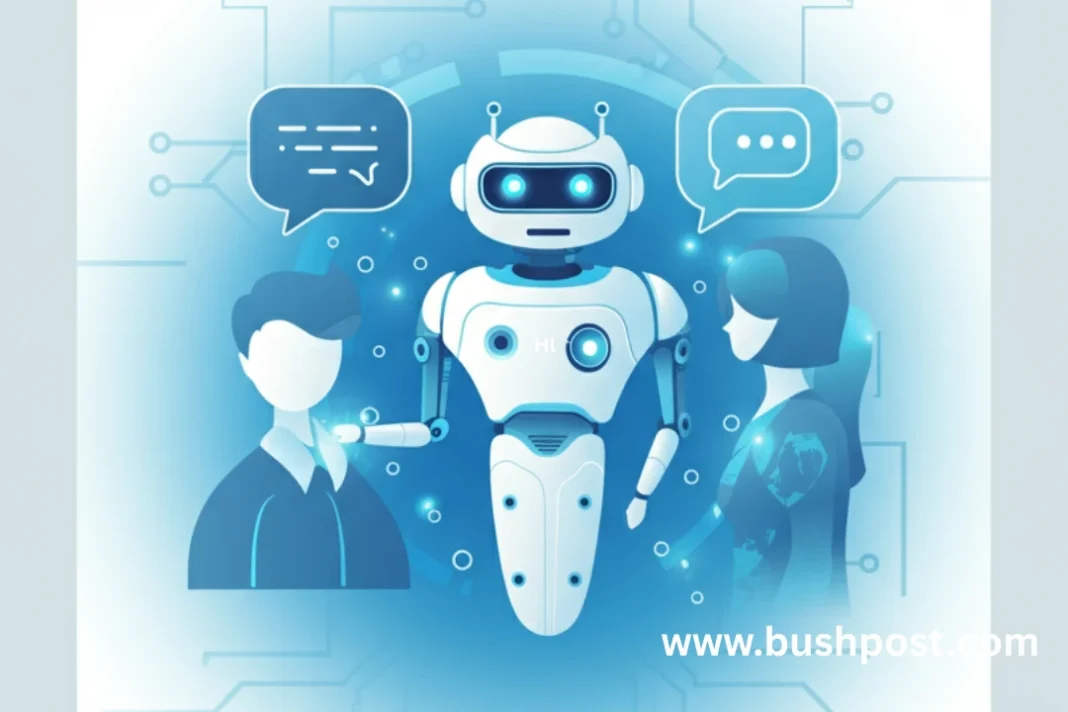Every customer wants to feel heard and valued—especially when reaching out for help. Today, businesses strive to meet rising expectations by providing fast, friendly, and helpful assistance at any hour. Enter AI-powered chatbots for customer service—the smart digital assistants that are changing how brands communicate, answer questions, and solve problems.
What Are AI-Powered Chatbots?
Imagine messaging a company and getting real-time answers, no matter the time or day. That’s what AI-powered chatbots for customer service deliver. These digital helpers can chat just like a team member, answering questions, guiding users, and even handling simple requests. Unlike older, stiff bots, modern chatbots can hold natural conversations and learn as they go—making support feel more personal than ever.
Not Just Another Bot
You might remember clunky automated systems that misunderstood simple requests. Times have changed. Customer service chatbots today are designed to understand what you mean, not just what you say. They’re always learning and picking up on new patterns, so the help you get improves over time.
The Human Side of Chatbots
While these chatbots use powerful systems behind the scenes, what really matters is the human-like experience they create. They’re programmed to recognize common phrases and emotional tones, so you feel understood—much like when you chat with a helpful support agent.
Big Benefits for Businesses and Customers
Why are so many companies turning to customer service chatbots? The answer comes down to simplicity and satisfaction—both for customers and support teams.
Here’s what sets them apart:
- Always On: Chatbots don’t clock out. Your customers can get help day or night, weekends and holidays included.
- Efficiency: Handling many chats at once, chatbots make long hold times a thing of the past.
- Cost Savings: By automating common questions, businesses can reduce overhead and spend more time on unique customer needs.
- Happy Teams: With bots tackling the simple stuff, human agents are free to focus on bigger challenges and give personal attention when it’s needed most.
- Improved Satisfaction: When customers get what they need quickly, they’re more likely to stick around and recommend the brand.
Real-World Uses for Chatbots
You’ll find these chatbots working behind the scenes in just about every industry, quietly improving user experience.
Online Shopping and Retail
Need to find a product, check your order, or manage a return? Chatbots in online retail speed up these tasks, making shopping smoother and easier.
Financial Services
Banks use customer service chatbots to help people check balances, spot fraud, and get account information fast—without waiting on hold.
Healthcare Support
From booking appointments to accessing health advice, healthcare chatbots make it easier for patients to connect with practices and get answers at all hours.
Getting Started with Chatbots
Rolling out a customer service chatbot doesn’t have to be overwhelming. Here’s how to make it work for your brand:
- Set Clear Goals: Decide what you want the chatbot to handle—maybe it’s answering common questions or helping new customers get started.
- Pick a Platform: Choose a service that matches your needs and can grow with your business.
- Feed Them Knowledge: The best chatbots draw from your company’s real conversations and FAQs, so they’re ready to help from day one.
- Blend with the Human Touch: Make sure it’s easy for customers to reach a real person if they need extra help.
- Keep Improving: Review chatbot interactions, ask for feedback, and keep tweaking responses for even better experiences.
Chatbots in Customer Relationships
Customer service chatbots are becoming trusted sidekicks for both shoppers and companies. With every friendly conversation, they build trust and loyalty—handling quick questions, but also learning enough to provide smarter, more personalized help over time.
Conclusion
There’s no denying it: AI-powered chatbots for customer service are shaping the future of support. With round-the-clock assistance, happy customers, and less stress for staff, they offer a winning formula for businesses of every size. Investing in this technology isn’t just about staying current—it’s about making service better for everyone involved. For more on how automated solutions are revolutionizing support, check out this Harvard Business Review article on digital customer care.—
Frequently Asked Questions (FAQs)
1. How do AI-powered chatbots improve customer service?
They offer immediate responses to common questions and are available any time, helping reduce wait times for customers. This frees up human agents to handle more complex issues with care.
2. Can chatbots handle sensitive or complicated support needs?
While they’re great for basic questions and quick fixes, chatbots also make it easy to escalate complex or emotional issues to human representatives.
3. Are chatbots expensive for small businesses?
Many chatbot platforms offer scalable pricing, making them accessible for businesses of all sizes. Over time, they help save money by reducing the workload on support teams.
4. Do customers like using chatbots?
When well-designed, most users appreciate the speed and convenience chatbots provide—especially for routine tasks and questions.
5. Will chatbots replace human agents?
Not at all. Chatbots are meant to complement real people, not replace them. They handle the easy stuff so that human agents can focus on situations where empathy and problem-solving matter most.
You may also read:Navigating the maze:key ethical issues in ai development


